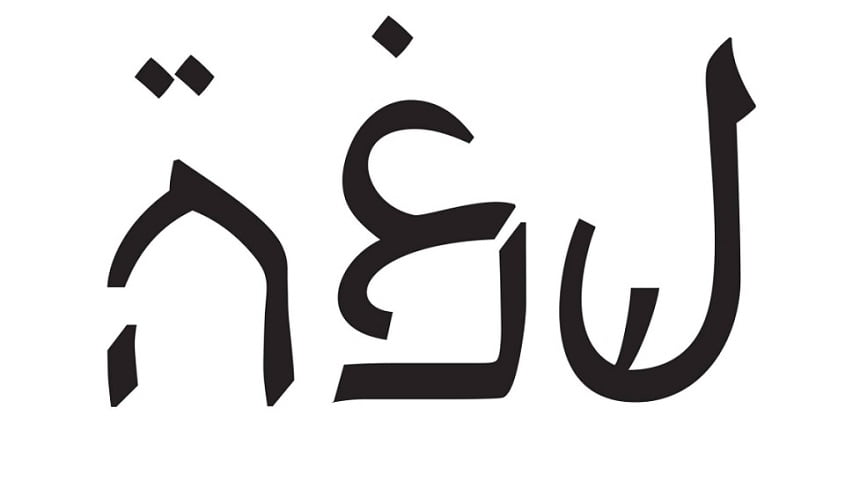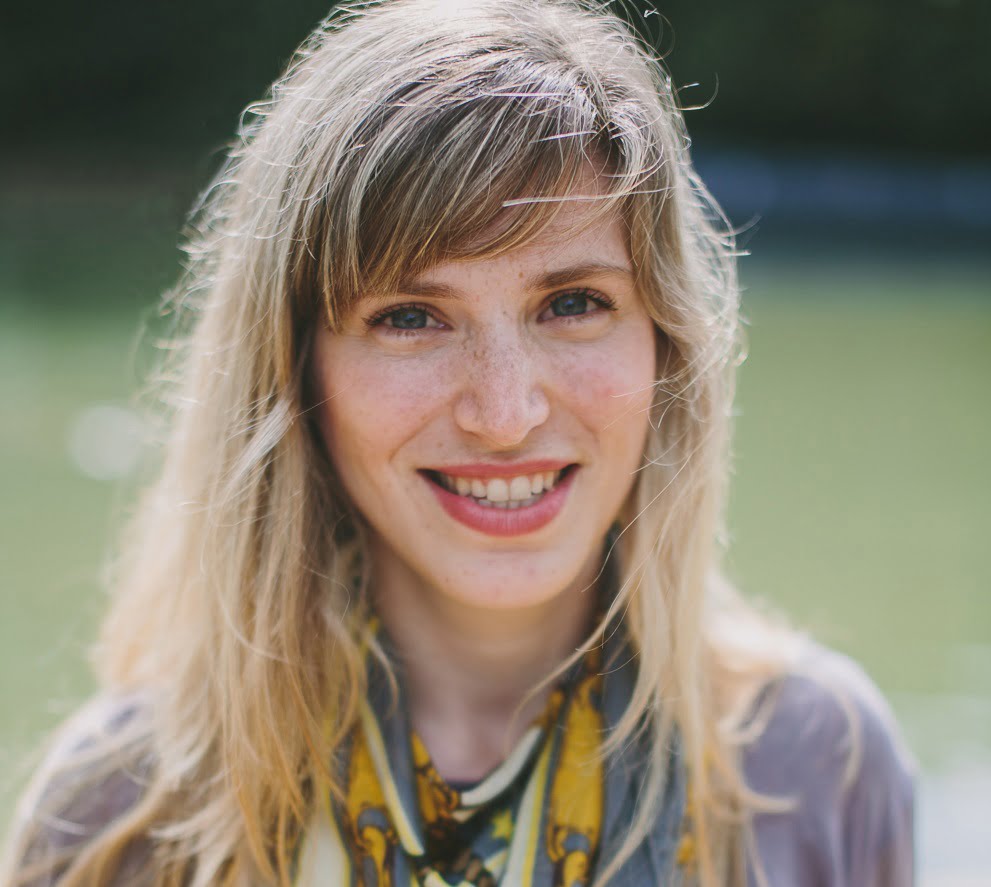An Israeli designer has combined Hebrew and Arabic to form an entirely new script to bridge the cultural gap between Israeli Jews and Arabs.
Liron Lavi Turkenich, a young graphic design instructor at Jerusalem’s Bezalel Academy of Art, has designed a new alphabet by merging the 22 Hebrew letters with the 29 letters in the Arabic alphabet. Arabic readers can understand the script by reading the top half, while Hebrew readers can understand the bottom half.
Called “Aravrit” (fusing the Hebrew words for “Arabic” and “Hebrew”), the new script was born out of the designer’s observation that although the two languages coexist in Israel, many people ignore the one they cannot read.
Aravrit from Liron Lavi Turkenich on Vimeo.
Originally from Haifa, a mixed city where both Hebrew and Arabic are spoken, Turkenich realized four years ago that she had never paid attention to the Arabic letters on road signs. She noticed she was “just looking at Arabic as decorations and not letters with content – and in fact, kind of ignoring the Arabic,” Turkenich tells NoCamels.
The designer, a graduate of Israel’s Shenkar College of Engineering, Design and Art, was inspired to find a way for both Arabic and Hebrew readers to read and understand words in the same way that they would in their own individual scripts, without ignoring the other script.
To achieve this, she created a different letter for every possible combination of Hebrew letters and Arabic letters. Arabic, however, has four forms of each letter depending on whether the letter is at the start, middle, end, or separate from a word. She already has 638 letters that use the separate form, and she is working on expanding the alphabet to include connected forms of the Arabic letters.
SEE ALSO: Unique Program Uses Technology To Bridge Gaps Between Israeli And Palestinian Youths

A shot from a workshop for children the designer held at the Museum of Islamic and Near Eastern Cultures in Be’er Sheva. Photo by Liron Lavi-Turkenich
‘Salaam’ on the top half and ‘shalom’ on the bottom half
With these 638 letters, Turkenich is able to write a word in Aravrit in a way that incorporates both the Arabic and Hebrew words. For example, ‘peace’ in Aravrit would say ‘salaam’ on the top half and ‘shalom’ on the bottom half.
Aravrit has been incredibly popular. A video about the script that was recently published on Facebook has received over 1.2 million “likes” and comments, and the concept has sparked a lot of discussion. The script was also featured at the Museum of Islamic and Near Eastern Cultures in Be’er Sheva, and displayed in exhibitions in Jerusalem.
Sign up for our free weekly newsletter
Subscribe“I think people really like it because they feel like they’ve solved a riddle,” says Turkenich.
The integration of the two languages makes a lot of sense. Both Arabic and Hebrew belong to the Semitic language family, which means they have many similarities. They share the same vocabulary structure, they are read from right to left, and have some similar pronunciations.
Arabic and Hebrew are the official languages in Israel, with roughly 20 percent of the population speaking Arabic (worldwide, more than 290 million people speak Arabic).
“The power of language”
The significance of combining the languages extends far deeper than aesthetic design, and could bring together the various populations in Israel.
“The first thing is just to bring up the discussion – people start to talk about this, and the presence of Arabic in our surroundings,” Turkenich explains. “I think this is the power of language, the fact that it is so daily.”
Cultural understanding around the globe
The script has already transcended linguistic barriers within Israel, and has the potential to engage people around the world. The designer says she has received positive responses from other nations with Arabic speakers, such as Yemen and Saudi Arabia: “They really loved it because they were able to read their own script and they still got this message of life together.”
Photos and video: Liron Erel, LironLavi.com
Related posts

Rehabilitation Nation: Israeli Innovation On Road To Healing

Israeli High-Tech Sector 'Still Good' Despite Year Of War






Facebook comments